Here Are The Most Innovative Smartphones Of 2018
Karamchand Rameshwar - Dec 23, 2018
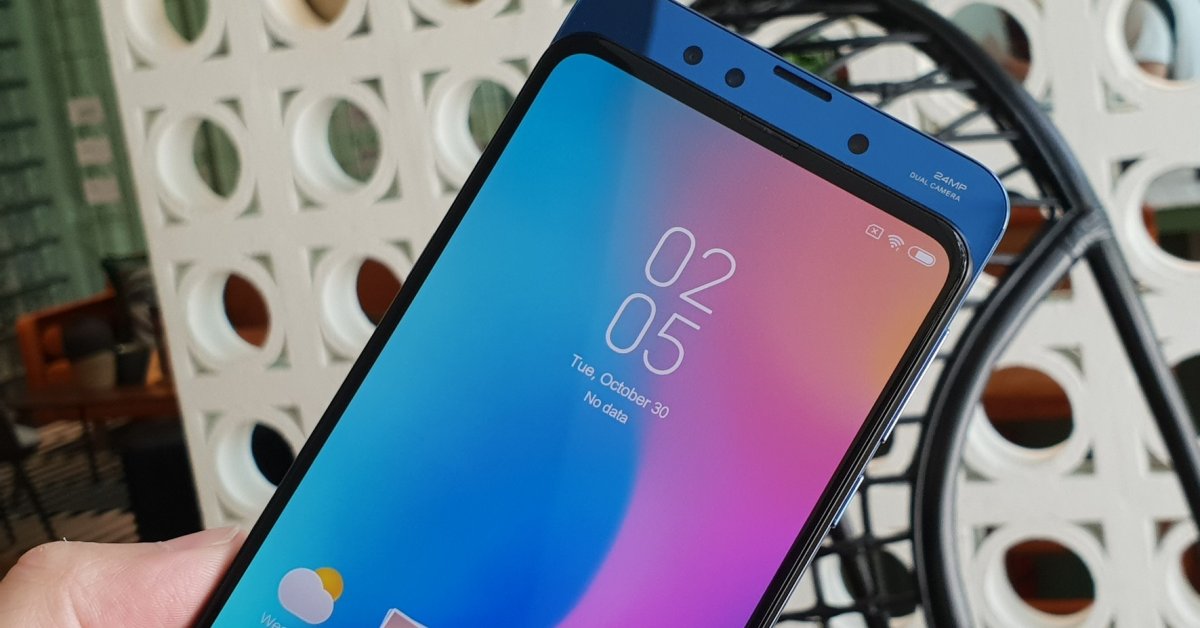
Here are the most innovative smartphones with very interesting features, design and technology in this year.
- This Dragonfly Plane Eliminates The Disadvantage Of Current Aircraft
- This New 'Origami' Microchip Is 100 Times Faster Than Current Ones
- These Solar-Powered Sleeping Pods Will Help Thousands Of Homeless People
While 2017 was a year of the full-screen, edge-to-edge display. In this year, phone makers even pushed the boundaries further, opting for a higher screen-to-body ratio. However, to do so, they have to implement to notch which is received a lot of praises but may more even more hate. But the notch wasn’t the only solution as many companies have been using very innovative alternatives on their smartphones.
Although iPhone X is not the first to have a notch display but it is undoubtedly the one to set the notch trend in the market
Moreover, the notch is not the only things that OEMs have been trying to remove. The traditional fingerprint sensor is another thing they have to get rid of to make smartphones with a higher screen-to-body ratio.
The smartphones we believe to be the most innovative are as follows:
Huawei Mate 20 Pro
The Huawei P20 Pro was launched in April 2018, and it was the first phone to feature a triple rear camera setup. Then in October 2018, Huawei debuted another smartphone with a triple rear camera setup, the Huawei Mate 20 Pro, but they upgraded the camera setup by replacing the monochrome sensor with a wide-angle one. The Mate 20 Pro also features a 6.39-inch OLED with dual curve edges along with a wide notch and Kirin 980 processor.
Huawei Mate 20 Pro's reserve wireless charging in action
While those features and specs may be common on other smartphones as well, Huawei did add two major innovations on the phone. It is backed by a 4,000 mAh battery and supports 40W fast charging which is claimed to allow the phone to charge 70% battery in just 30 minutes. It also has support for wireless charging, which isn’t that unique. However, Huawei also added the reverse wireless charging feature which allows users to use their Mate 20 Pro as a charging pad to charge other phones.
ZTE Nubia X
The Nubia X is packed with powerful specifications and a notch-less display, however, the one that makes it shine is its dual display. On the front, there is a 6.26-inch Full-HD+ edge-to-edge display with an aspect ratio of 19:9. For the rear display, Nubia opts for a 5.1-inch HD+ one.
So, where are the cameras, you may wonder? As there are two displays on both the front and back of the phone, you wouldn’t need the camera on both sides. The phone features a dual camera setup, comprising of 16MP f1.8 and 24MP f1.7 sensors.
But the Nubia X isn’t the only one to have a dual display. Vivo recently debuted its Vivo NEX Dual Edition which also comes with a dual display, including a 6.39-inch Full-HD+ notch-less front display and a 5.49-inch Full-HD display on the rear. Users can take both selfies and quality photos with a triple camera system.
Vivo NEX
Vivo is another phone maker coming up with a creative way to get rid of the notch on its NEX series. As showed case at the Mobile World Congress 2018, its Vivo NEX was shown having a pop-up front camera hidden in a frame, and it will only pop up when users open the phone’s camera app and switch to the front-facing camera. This system is motorised, and Vivo claims that it is well-tested and it can withstand continuous usage for more than 2 years.
As there is no notch on the display, the Vivo NEX has an all-screen display with over 86% screen-to-body ratio.
But the front camera is not the only creative feature here. The Vivo handset also has an on-screen fingerprint sensor, which replaces the physical scanner and leaves space for Vivo to pack other components.
Oppo Find X
Similar to the Vivo NEX, China-based Oppo also came up with an interesting way to remove the notch which is sliding mechanism on its Oppo Find X. But unlike the Vivo NEX, both front and rear cameras of the Find X are hidden in a slider on the top of the phone.
You can pop up the selfie camera by clicking the power button. The front camera is accompanied by a 3D depth sensing unit to support Face ID feature. There is also a dual camera setup, comprising 16MP and 20MP sensor. This sliding mechanism will be activated whenever you need to unlock your smartphones, take selfies.
Asus ROG Phone
In 2018, the gaming smartphone segment has welcomed quite a few additions from big players like the Asus ROG Phone, Razer Phone 2, Xiaomi Black Shark and Nubia RED Magic. All of these gaming handsets have features that are claimed to enhance the gaming experience, but it seemed Asus was the one taking a step ahead with its ROG Phone.
The Asus ROG Phone was the first phone to come with an AMOLED panel with a 90Hz refresh rate and 1 millisecond response time. The phone also comes with a physical fan and a 3D vapor-cooling chamber which helps the phone to keep its thermal level at low. The phone also has two USB-C ports, RGB lighting LED logo on the rear, and touch-sensitive controls on its frame that can act as triggers.
ZTE Axon M
Debuted at the Mobile World Congress 2018, the ZTE Axon M has foldable dual screens. While the phone will have two screens side-by-side when they are unfolded, you can get a 5.2-inch display on both the back and front of the phone when you fold it. Both of these screens can run separate apps, or you can use either of them as a secondary screen. For example, you can open the phone’s home screen on the first screen and the Settings menu on the other.
Users can also enjoy a much bigger display with an extended mode on the Axon M which allows both of the screen to turn into a single display. Both of the 5.2-inch display are held by a sturdy hinge.
Samsung Galaxy A8s
In this year, the ubiquitous notch, ranging from a wide notch to a water-drop one, features in pretty much all of the popular smartphones out there. Now, very close to the end of 2018, the market is going to welcome three new prominent players, Huawei Nova 4, Samsung Galaxy A8s, and Honor View 20 which come with a new display design that possible set the new trend in 2019.
Huawei Nova 4 (left) and Samsung Galaxy A8s (right)
The Samsung Galaxy A8s is the first phone to feature an in-screen selfie camera, but it will not be placed in a notch, but instead, Samsung opts for a small hole in the phone’s display to accommodate the front-facing camera. The Honor View 20 and Huawei Nova 4 will most likely feature the same design.
Xiaomi Mi MIX 3
While Vivo and Oppo opted for pop-up selfie camera mechanism, Xiaomi went for a manual slider to fit its phone’s selfie camera. There is a 6.39-inch Full-HD+ display on the front, and you can open the selfie camera setup with 24MP and 2MP depth sensors by sliding the phone’s display downwards.
But it is not the only one with such sliding mechanism as Honor also opted for the same one on its Honor Magic 2. However, the Honor Magic 2 even has a triple rear camera setup on both sides instead of only a dual one on the Mi Mix 3. To be more specific, the Honor handset has a 16MP sensor and two 2MP depth sensors on the front along with dual 16MP sensors and a 24MP black and white sensor at the back.
Honor Magic 2
2018 is undoubtedly a very interesting year, but there are also a lot of advanced features worth waiting for in the upcoming year. The most notable one is 5G which is expected to launch in early 2019. While the feature is on the network side, we will probably welcome quite a lot of smartphones with the foldable display technology. Samsung is set to debut its first foldable phone sometime in 2019.
Featured Stories

Mobile - Oct 23, 2025
How Casual Games Are Winning the Mobile Attention War

Mobile - Jul 03, 2025
OPPO Reno 14 Series Hits India: Launch Date, Cameras, and Specs

Mobile - Jun 12, 2025
Best Gaming Phones 2025: Top Devices for Mobile Gaming
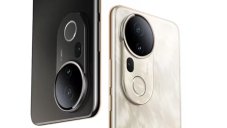
Mobile - Jun 12, 2025
Vivo T4 Ultra Debuts with MediaTek Dimensity 9300+ Chipset
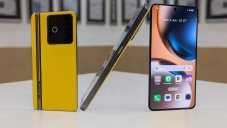
Mobile - Jun 08, 2025
Realme GT 7T Review: Power Meets Endurance in Controversial Style

Mobile - Jun 08, 2025
Motorola Edge 60 Set to Debut in India This June

Mobile - Jun 07, 2025
Realme C73 5G Launches in India: Budget 5G Phone Starts at ₹10,499

Gadgets - Jun 07, 2025
OnePlus 13s Makes Indian Debut: Compact Flagship Brings Premium Features at...

Mobile - Jun 04, 2025
Samsung Galaxy Z Fold 7 Ultra: The Next Chapter of Premium Foldables

Mobile - Jun 02, 2025
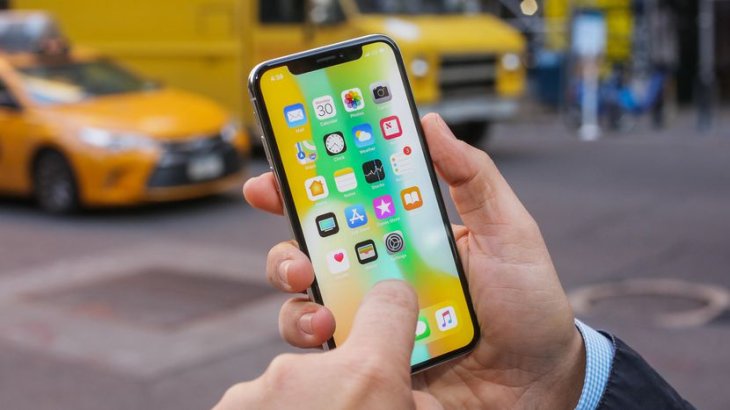
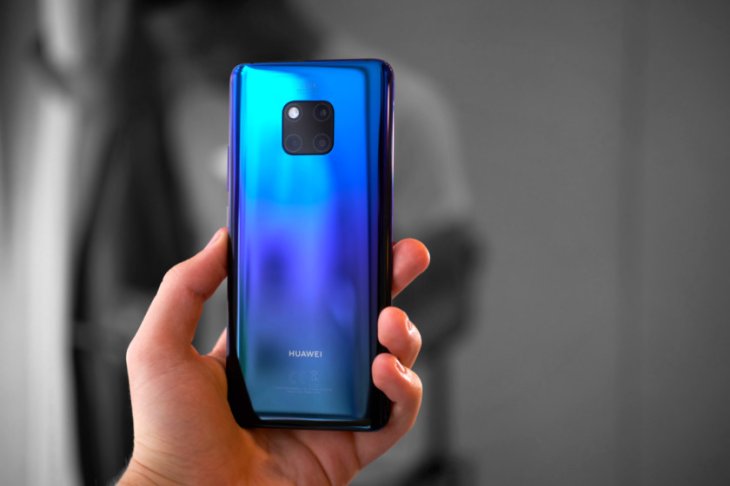
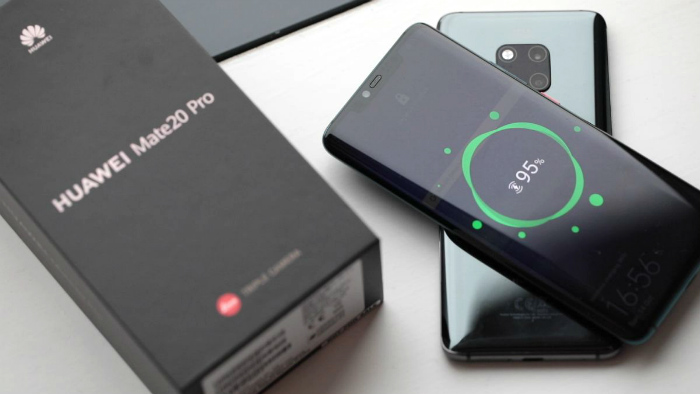

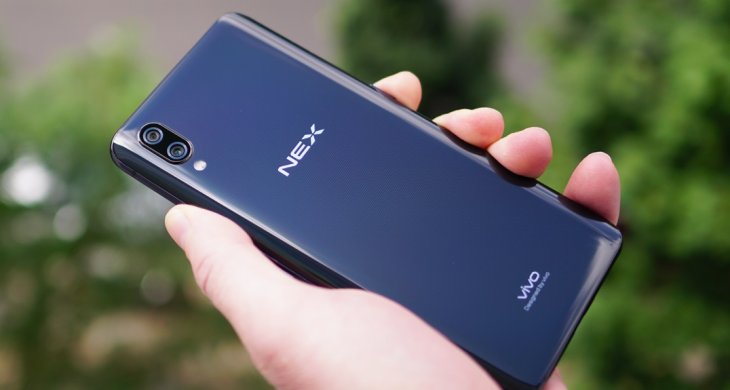
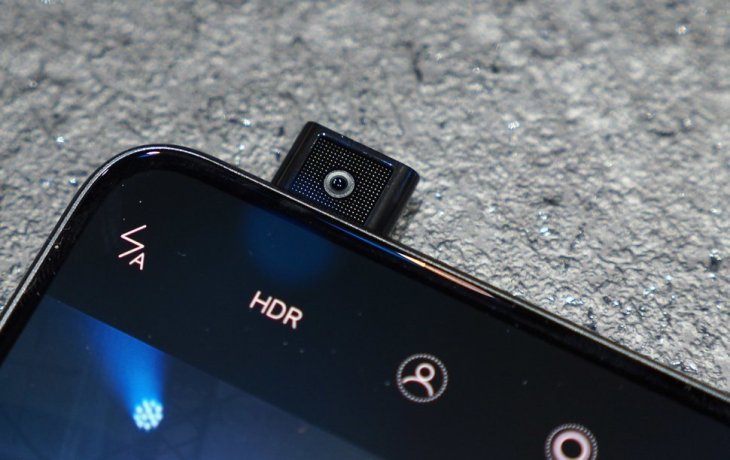
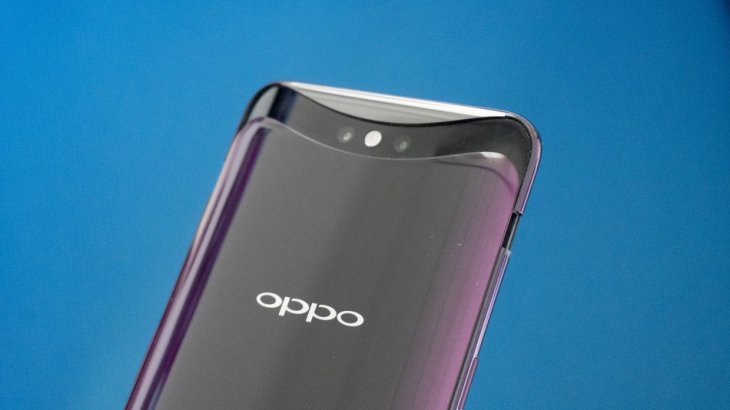
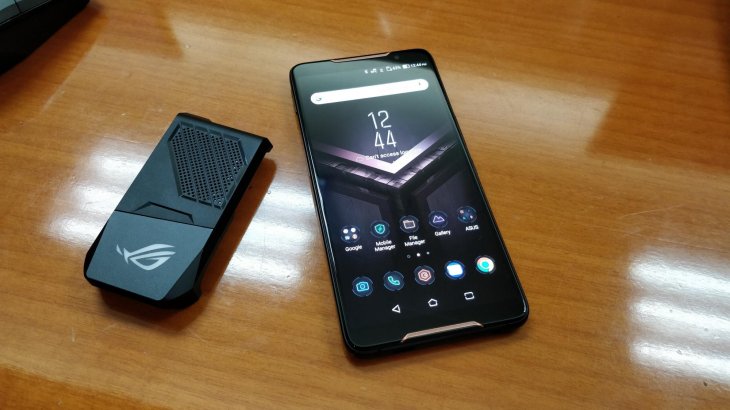
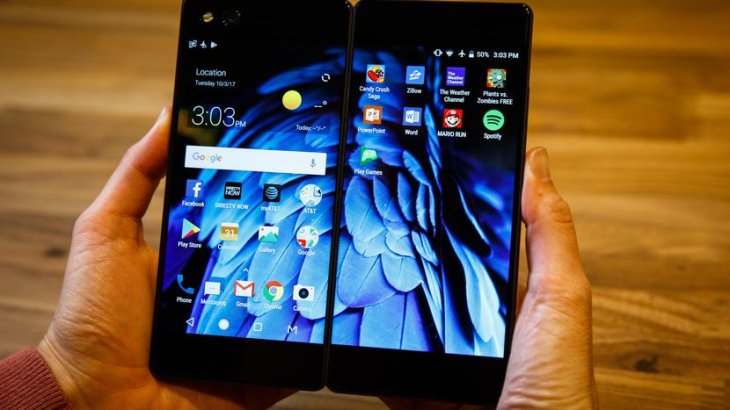
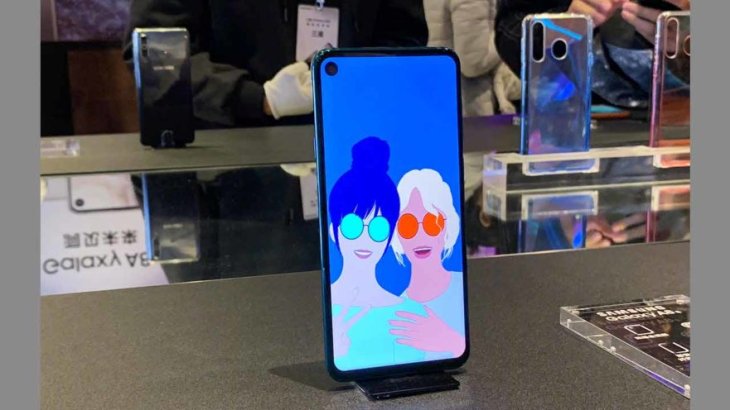
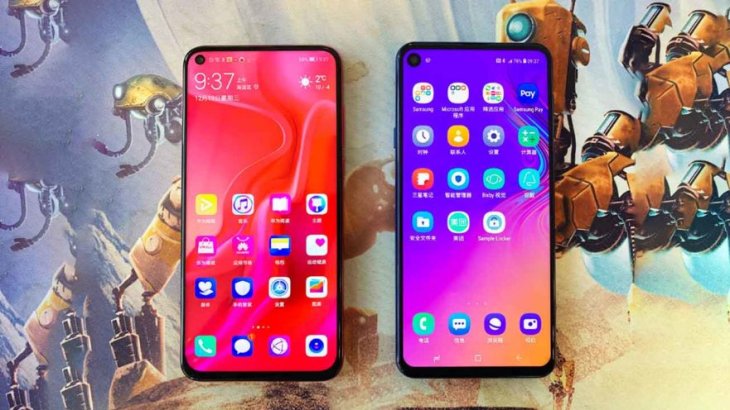
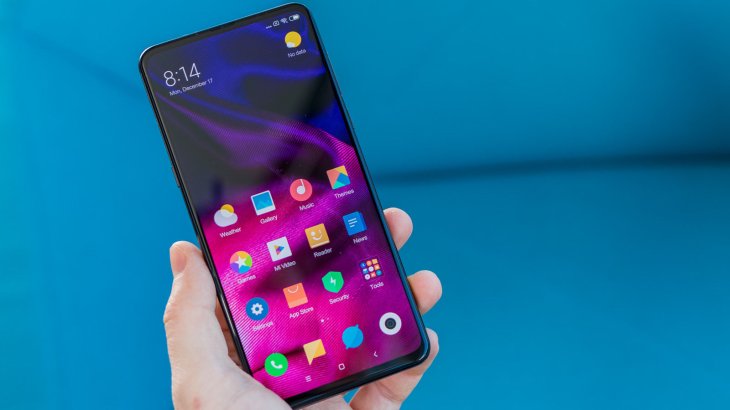
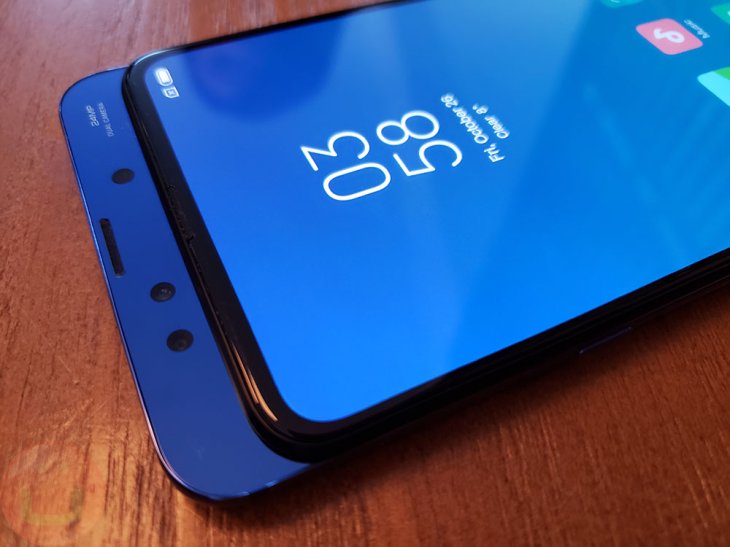
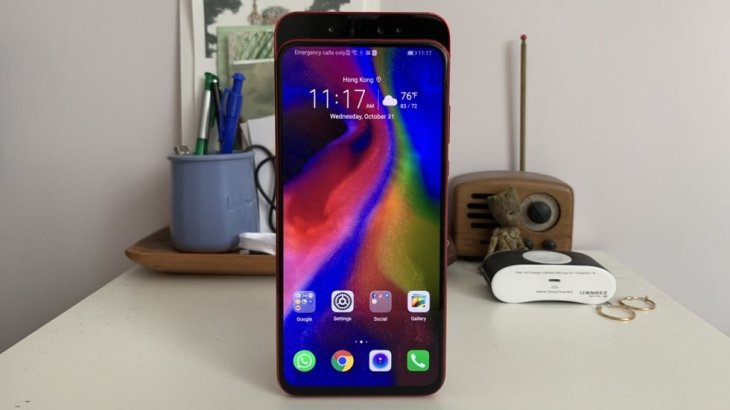
Comments
Sort by Newest | Popular